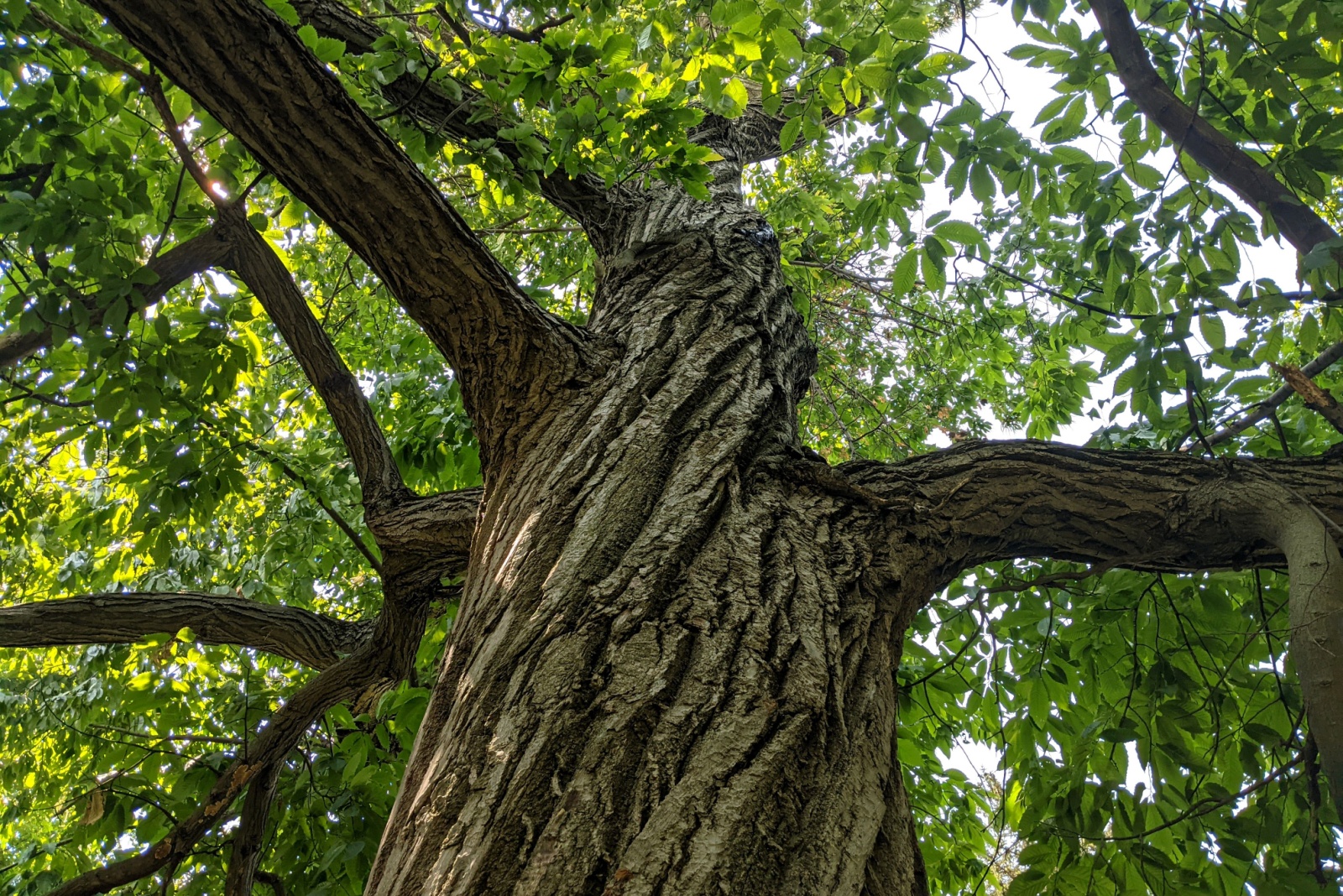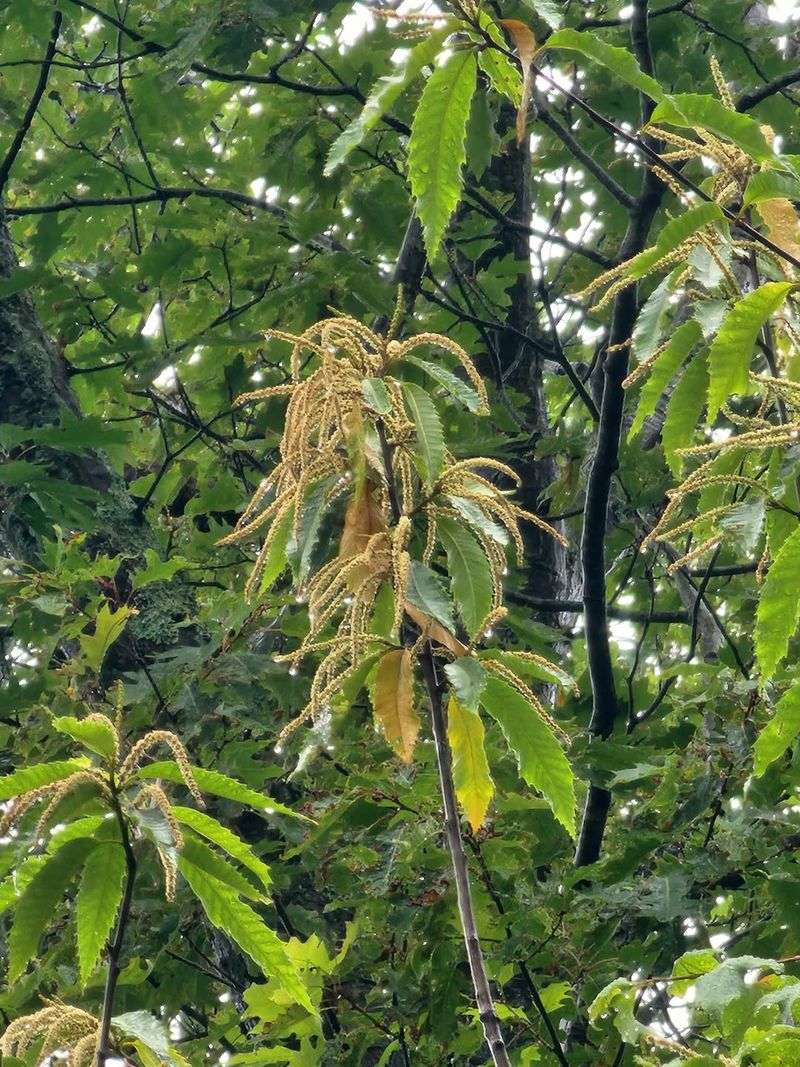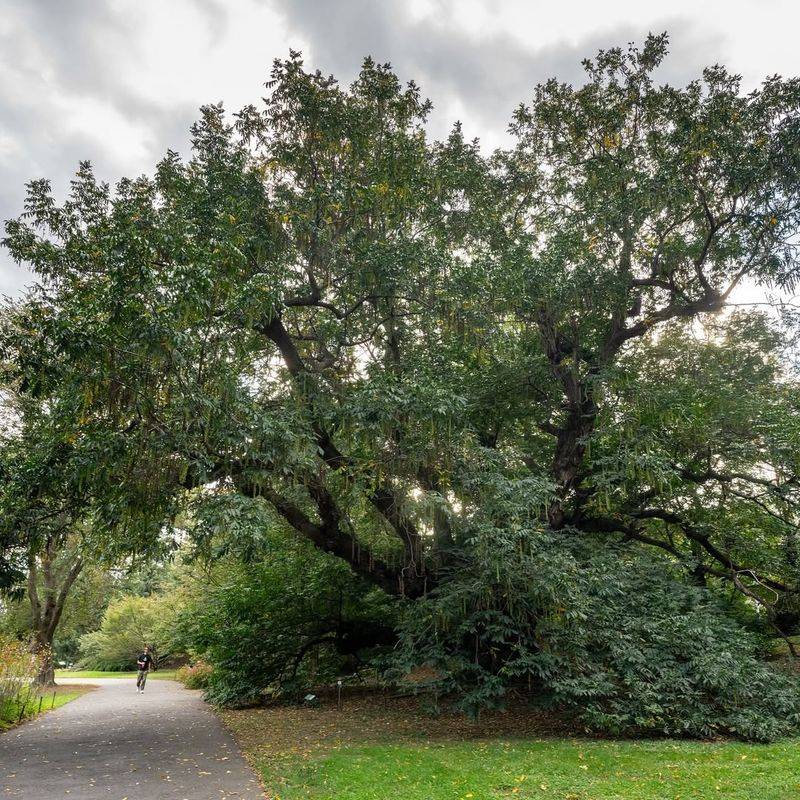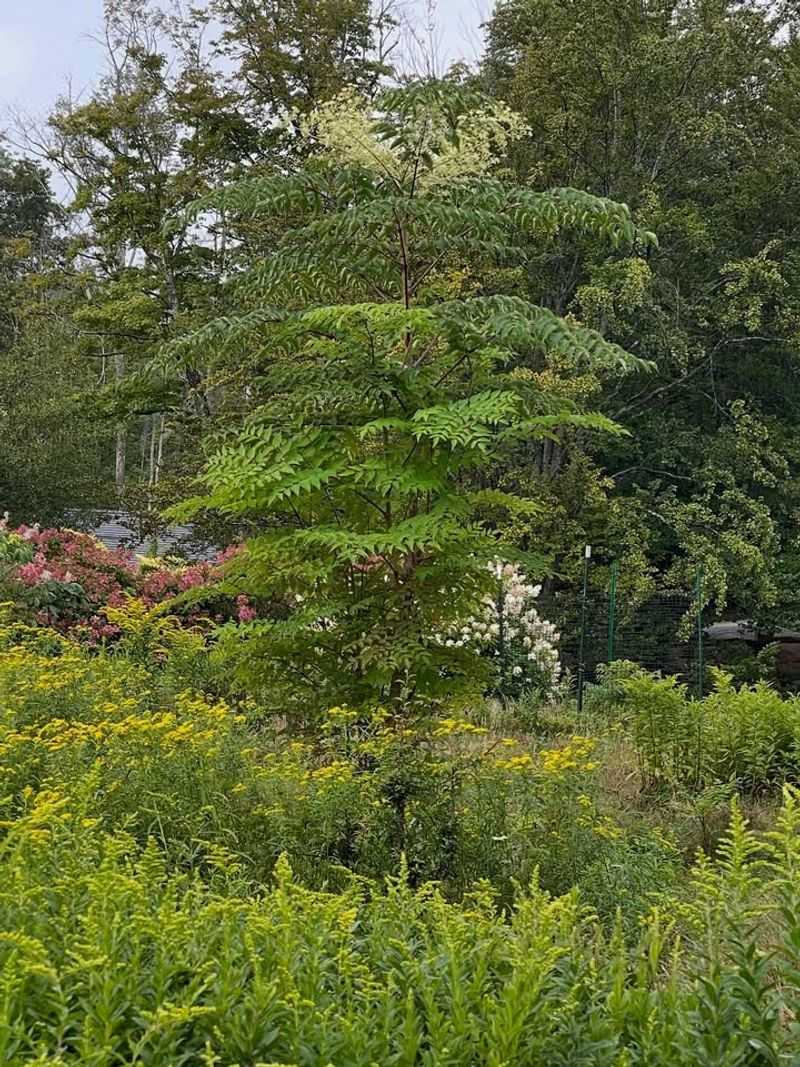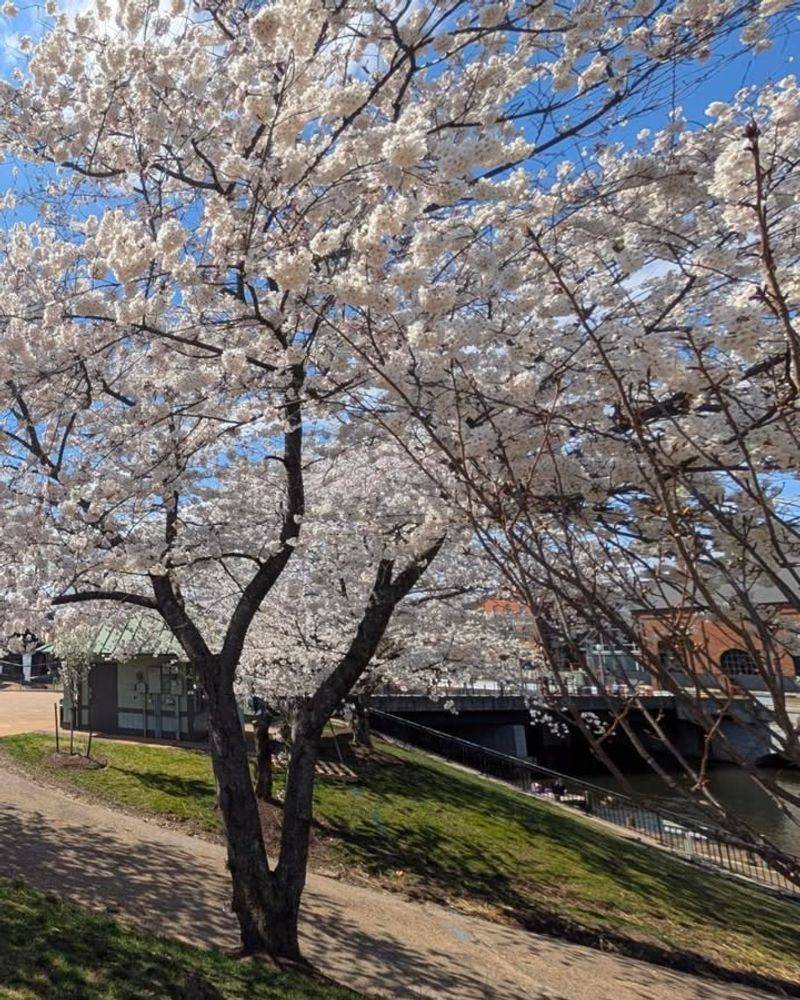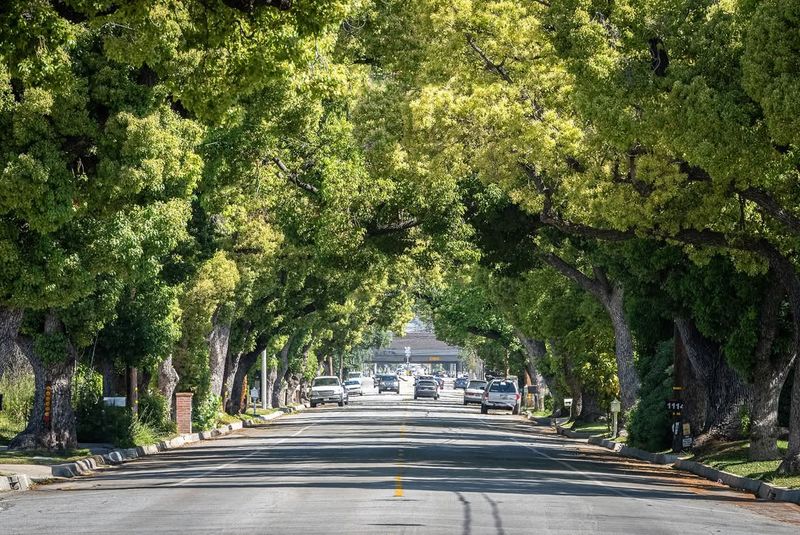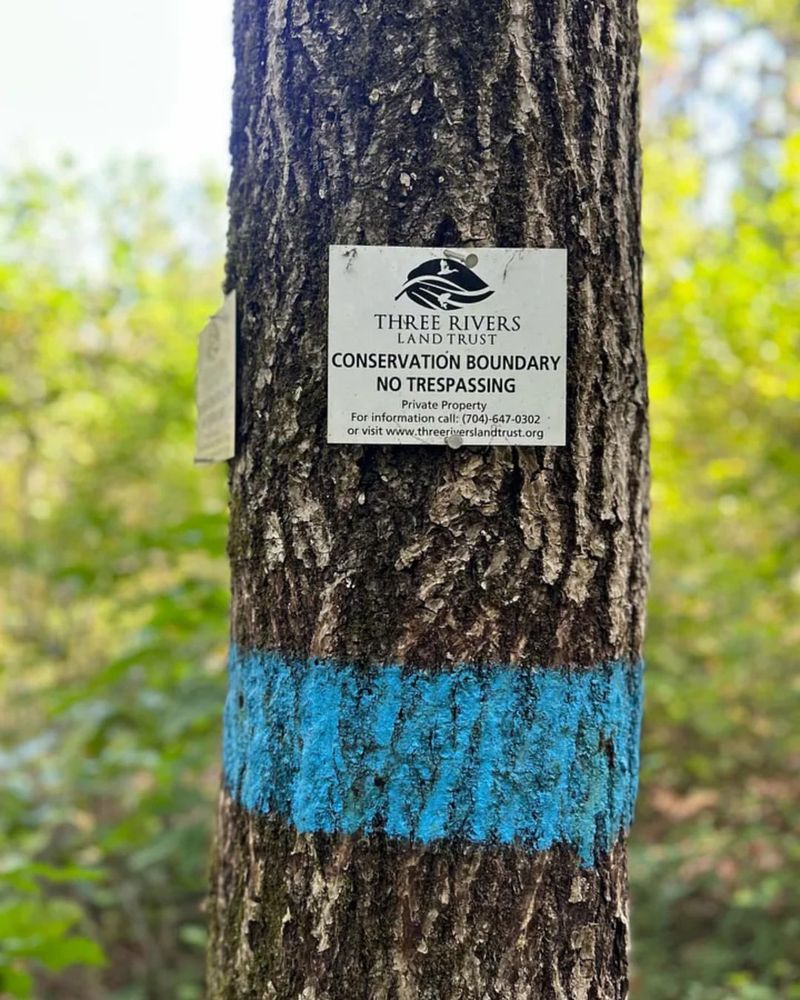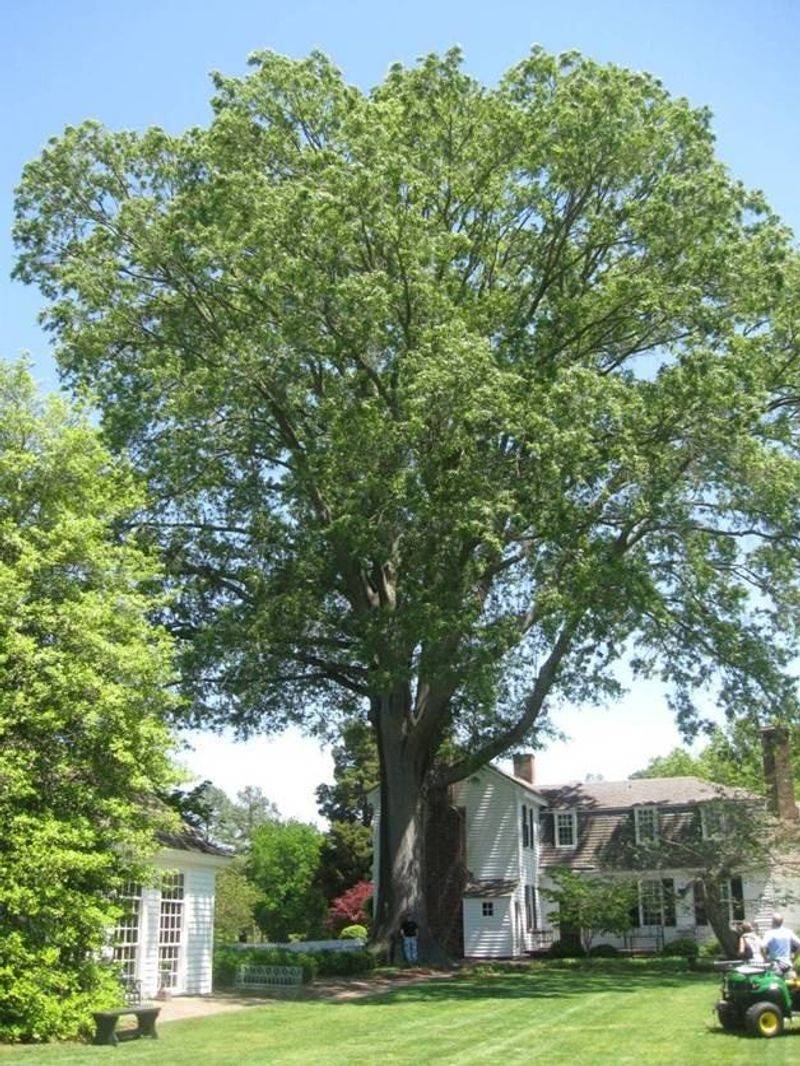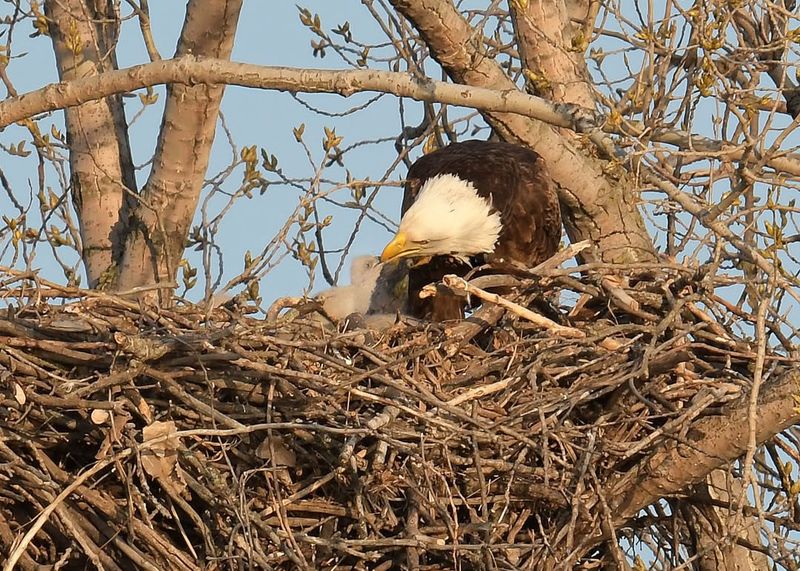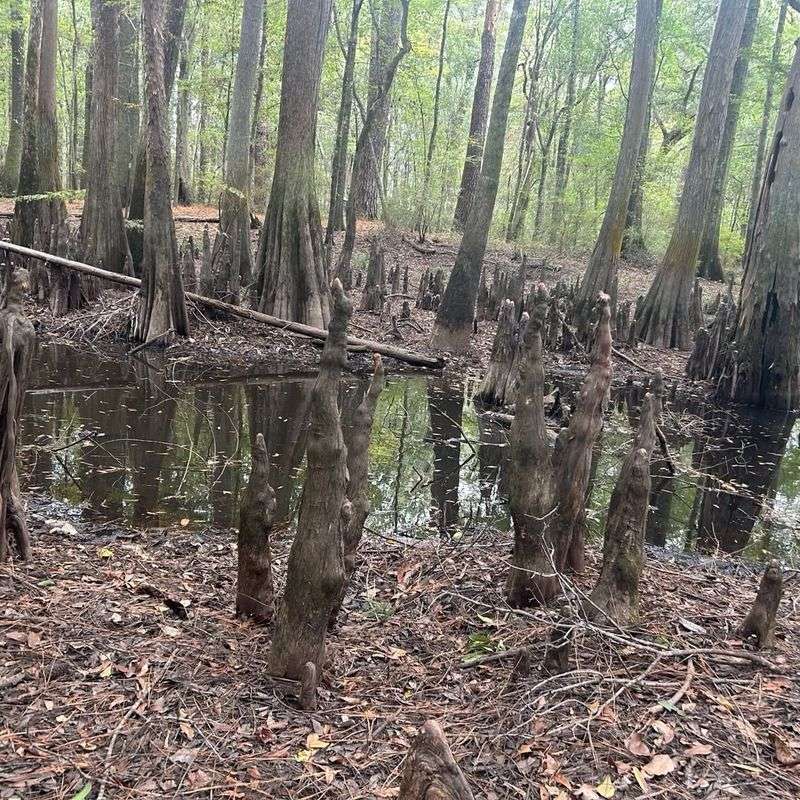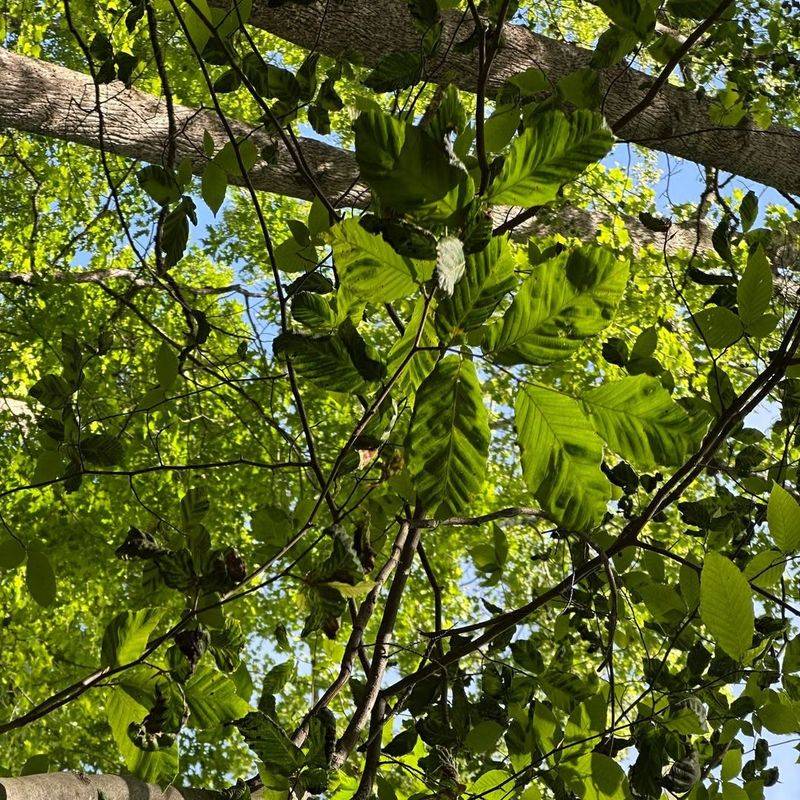Virginia takes tree protection seriously, and cutting down certain species without permission can land you in legal trouble. Some trees are protected because they’re rare, historically significant, or vital to the local ecosystem.
Before you grab that chainsaw, make sure you know which trees are off-limits to avoid hefty fines and legal headaches.
1. American Chestnut
Once the king of Appalachian forests, this majestic species nearly vanished due to blight in the early 1900s. Virginia now protects remaining specimens because they represent critical genetic material for restoration efforts.
Cutting one down without authorization can result in serious penalties. Scientists are working hard to bring this tree back from the brink of extinction.
If you spot one on your property, consider yourself lucky and contact local forestry officials before making any decisions about its fate.
2. Heritage Oak Trees
Many Virginia counties designate certain oak trees as heritage specimens due to their age, size, or historical importance. Some witnessed Civil War battles, while others marked property boundaries for centuries.
Local ordinances often protect these living landmarks with strict cutting regulations. Violating these rules can bring fines ranging from hundreds to thousands of dollars, depending on your municipality.
Always check with your local planning department before touching any particularly old or large oak on your land.
3. Virginia Round-Leaf Birch
Found only in a few mountain counties, this rare birch species appears on both state and federal endangered lists. Its limited range makes every single tree precious for biodiversity.
Federal law protects this species on public lands, while state regulations extend protection to private properties in some areas. Unauthorized removal could trigger both state fines and federal penalties.
Landowners who discover this birch should report it to the Virginia Department of Forestry for proper documentation and guidance.
4. Trees In Historic Districts
Living in a historic district comes with special responsibilities regarding tree removal. Many Virginia historic districts have strict guidelines about cutting down trees that contribute to the area’s character.
You’ll typically need approval from local historic preservation boards before removing any tree visible from the street. Fines for unauthorized cutting can exceed several thousand dollars, plus you might face requirements to plant replacements.
Always consult your historic district guidelines and obtain necessary permits well before scheduling any tree work.
5. Street Trees On Public Right-of-Way
That tree between the sidewalk and street might look like it’s on your property, but it probably belongs to the city or county. Public right-of-way trees are government property, and cutting them without permission is illegal.
Penalties vary by locality but often include fines plus the cost of replacing the tree, which can total thousands of dollars. Some jurisdictions also pursue criminal charges for willful destruction of public property.
Contact your local public works department if a right-of-way tree needs attention or poses safety concerns.
6. Trees In Conservation Easements
Properties under conservation easements come with binding legal agreements that typically restrict tree cutting. Landowners who violate these terms face serious consequences, including substantial fines and potential lawsuit from easement holders.
Even if you purchased the property after the easement was established, you’re still bound by its terms. Violations can also jeopardize tax benefits associated with the easement.
Review your property’s easement documents carefully and consult with the holding organization before removing any trees from protected areas.
7. Specimen Trees In Local Ordinances
Many Virginia cities and counties protect specimen trees, which are defined by specific trunk diameter measurements. Fairfax County, for example, requires permits for removing trees over certain sizes.
Cutting protected specimens without approval can bring fines of several hundred dollars per tree. Some localities also mandate replacement plantings at specific ratios, adding to your costs.
Call your local zoning or forestry office to learn about specimen tree regulations in your area before planning any removal projects.
8. Trees During Nesting Season
Federal law protects migratory birds, which means cutting trees with active nests can violate the Migratory Bird Treaty Act. Virginia typically sees nesting season from March through August.
Destroying nests, even unintentionally during tree removal, can result in federal fines up to fifteen thousand dollars per violation. Wildlife officers take these violations seriously and actively investigate complaints.
Schedule tree work outside nesting season when possible, or hire professionals to survey for nests before beginning any cutting operations during sensitive months.
9. Trees In Critical Resource Protection Areas
Virginia’s Chesapeake Bay Preservation Act protects trees in Resource Protection Areas near waterways. Removing trees from these buffers typically requires special permits and can only occur under specific circumstances.
Unauthorized cutting in these zones can trigger fines from multiple agencies, including local, state, and potentially federal authorities. You might also face mandatory restoration requirements.
Properties near streams, wetlands, or shorelines likely have RPA designations, so check with your local environmental office before removing any trees in these sensitive areas.
10. American Beech In Certain Counties
Some Virginia localities have enacted special protections for American Beech trees due to their ecological importance and susceptibility to beech bark disease. Their smooth bark and wildlife value make them particularly worth preserving.
County-level ordinances may require permits for removal, especially for larger specimens. Fines vary but can reach several hundred dollars per tree.
Check with your county forester about specific protections for beech trees in your area, particularly if you’re planning significant land clearing or development projects.

